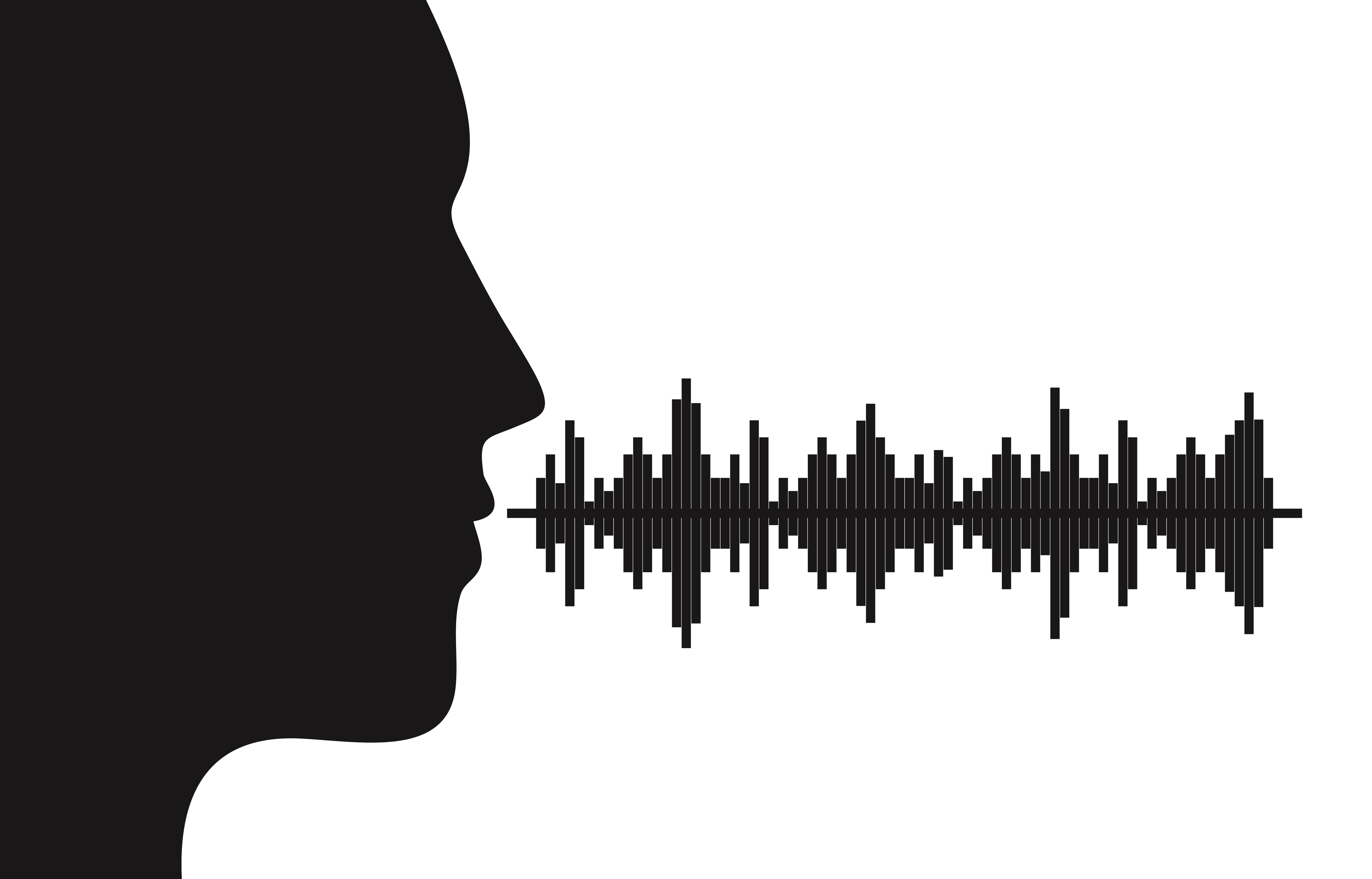Analyzing Speech Disparities in Friedreich’s Ataxia Could Help Manage the Condition

Analyzing speech disparities in Friedreich’s ataxia using a program called Analysis of Dysphonia in Speech and Voice (ADSV) provides a gauge that has excellent sensitivity and specificity and could potentially be used as an indicator of disease evolution, according to a study published in the Journal of Voice.
Finding a good measure that can track disease progression and determine the effectiveness of any treatment is vital for the management of Friedreich’s ataxia. According to the authors, a better understanding of the condition can help optimize the communication abilities, occupational success, and social interactions of patients.
“To accurately track disease progression and identify specific breakdowns in voice and speech production to provide the most effective treatment for an individual with [Friedreich’s ataxia], a multivariate acoustic analysis approach is recommended,” Dr. Cecile Carson and colleagues wrote.
For the study titled “Acoustic Analyses of Prolonged Vowels in Young Adults With Friedreich Ataxia,” the team of researchers, led by Dr. Bari Hoffman Ruddy of the Department of Communication Sciences and Disorders at the University of Central Florida in Orlando, analyzed speech in 20 people who were diagnosed with Friedreich’s ataxia and 20 healthy people, or controls. They then conducted an acoustic analysis of prolonged vowels (a, i, and o) using the ADSV program.
The results showed there were significant differences across all vowels only in one measure (called the low/high speech ratio) between the groups. When they compared the measures for individual vowels, the researchers found significant differences between groups in four out of the five measures for the vowel “o.”
Researchers also found they were able to correctly identify 95 percent of individuals in the control group and correctly classify all the ones in the Friedreich’s ataxia group.
“Unstable periods of phonation, such as initiations of voice production in vowels, may yield robust acoustic cues in [Friedreich’s ataxia],” the authors wrote, adding that the analysis of different vowel types is recommended in following the progression of the condition.
The use of acoustic measures to analyze vowels and connected speech can be sensitive even to gradual modifications in function, and therefore constitutes an excellent gauge that can provide evidence of change, such as decline caused by disease progression or improvement as a result of treatment.






